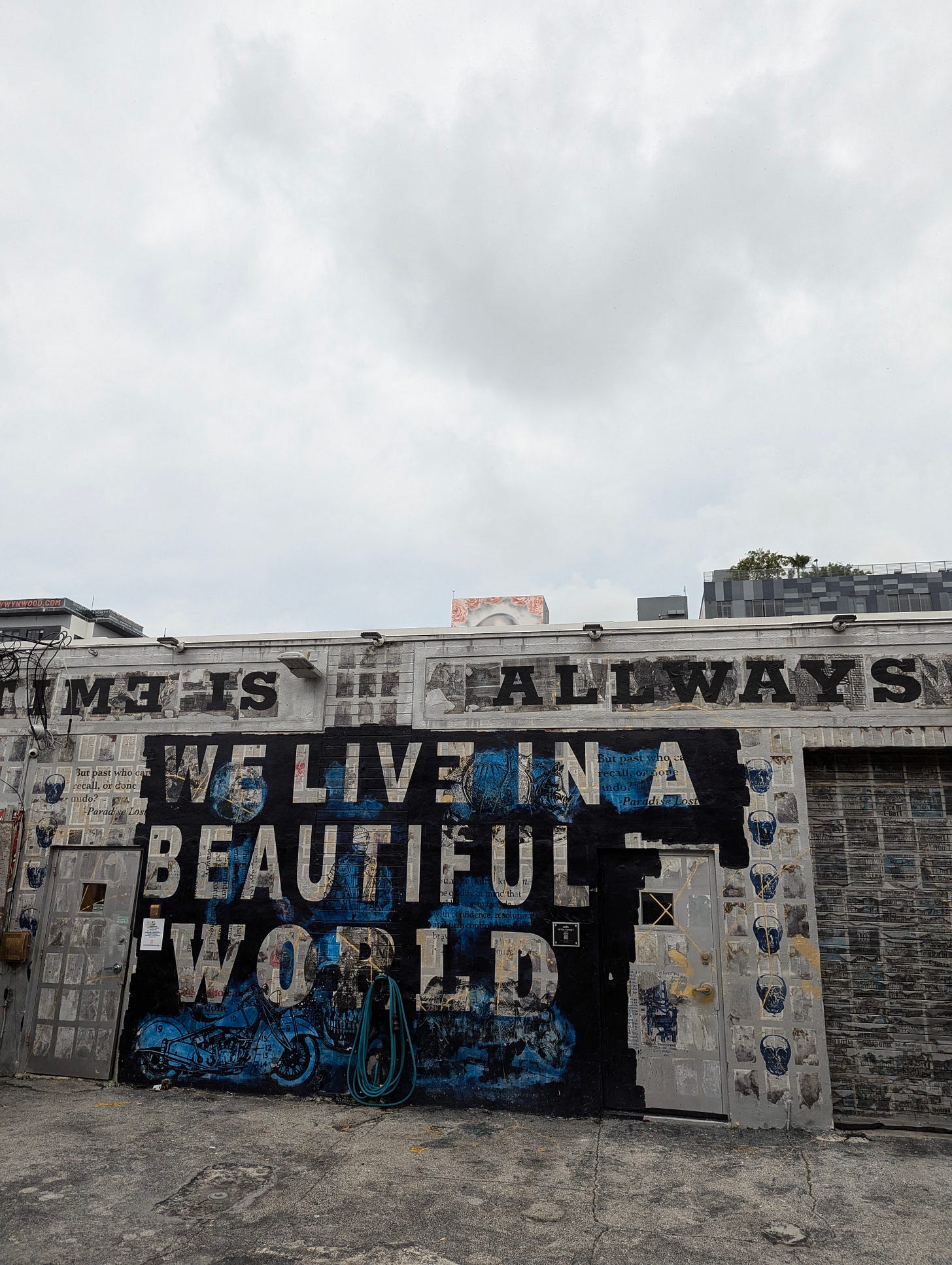Miami's skyline tells a story of rapid transformation, where historic architecture and cultural identity increasingly give way to towering glass and steel condominiums. The city's evolution, particularly evident in its downtown area, represents both progress and loss, raising important questions about the preservation of Miami's unique character.
The scale of development is staggering. Greater Downtown Miami is approaching the 50,000-unit mark for condos, with developers announcing nearly 9,100 new units since 2021. This surge in development has made Miami "nearly unrecognizable to some locals," with luxury condominiums "sprouting like dandelions in a field". The transformation is particularly evident in the luxury segment, where Greater Downtown Miami's market shows increasing inventory levels and longer selling periods.
This dramatic change is driven by multiple factors. The influx of out-of-state buyers, South American investors, and favorable tax laws has reshaped the real estate landscape. Miami's emergence as a business hub, particularly in the financial sector - now dubbed the "Wall Street of the South" - has attracted major companies and contributed to its rapid urbanization.
However, this transformation comes at a significant cultural and social cost. Long-time residents are being pushed out due to rising housing costs, while historically significant buildings face demolition. As one observer poignantly noted, "With another soulless condo being built on top of the ruins of old Miami architecture, I can't help but feel like we are losing a part of Miami for good".
The housing affordability crisis underscores the human impact of this transformation. Miami has become the least affordable real estate market in the nation post-COVID relative to median income. The situation is particularly dire in Miami-Dade County, which faces an estimated shortage of over 90,000 affordable units for renter households making below $75,000.
While gentrification has brought some benefits, including increased property values, improved infrastructure, and enhanced public services, the cost to Miami's cultural fabric has been substantial. The city's rapid development has triggered concerns about the loss of cultural identity in neighborhoods.
There are efforts to mitigate these impacts. The City of Miami has implemented measures to protect historical sites and offers incentives for developers working within existing neighborhoods. The Miami Downtown Development Authority (DDA) has also shifted its focus to support the needs of the growing resident community and families.
As Miami continues its transformation into a global business and cultural hub, the challenge lies in balancing progress with preservation. The city faces the complex task of maintaining its unique identity while accommodating growth and development. This balance becomes even more critical as Miami confronts additional challenges, including climate change and potential fiscal pressures that could further reshape its urban landscape.
The story of Miami's transformation serves as a cautionary tale about the price of progress and the importance of preserving cultural heritage amid rapid urban development. As the city moves forward, the question remains: Can Miami maintain its soul while reaching for the sky?



